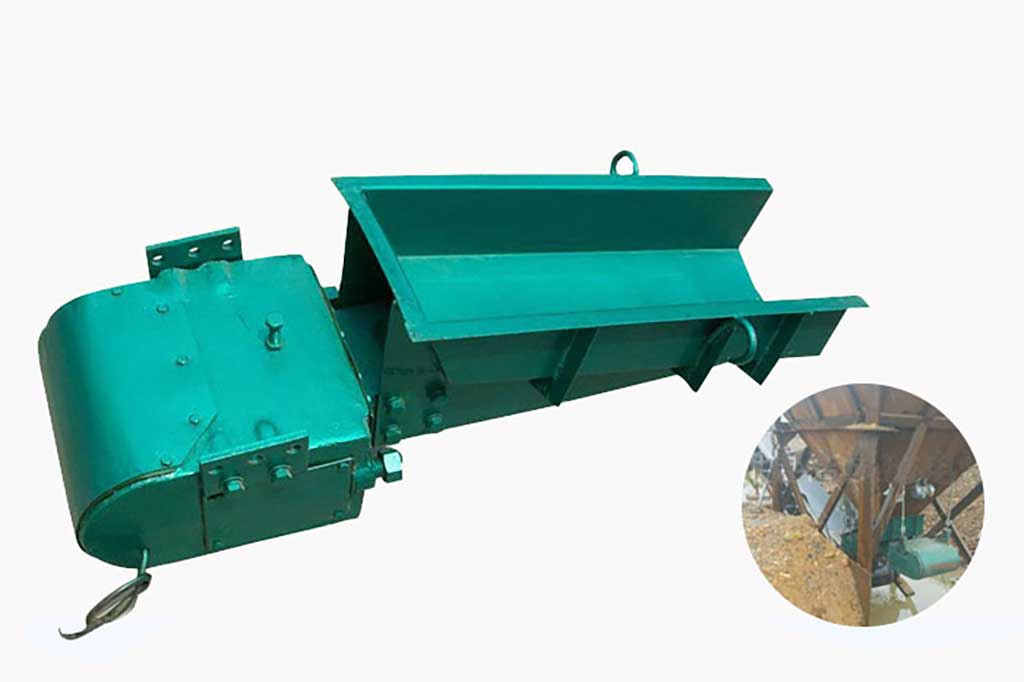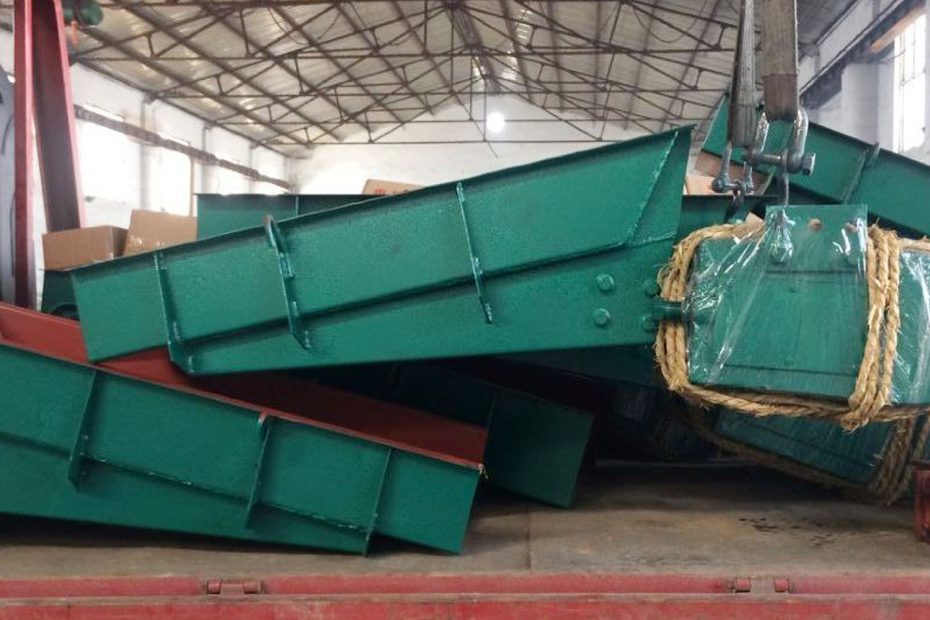Vibrating feeders play a vital role in various industries, serving as a crucial link in the material handling process. These mechanical devices efficiently transport bulk materials from one location to another using vibrations.
The Functionality of Vibrating Feeders
Vibrating feeders, also known as vibratory feeders or conveyors, utilize vibrations to move and transport bulk materials such as powders, granules, or aggregates. The principle behind their operation involves the use of vibrations generated by an electric motor, causing the feeder to vibrate at a specific frequency. As a result, the material on the feeder’s surface moves in a controlled manner, eventually discharging at the desired location.
Applications in Various Industries of Vibrating feeders
- Mining and Aggregates: Vibrating feeders efficiently transport heavy ores and aggregates from hoppers to crushers, enhancing the overall productivity of mining operations.
- Food and Pharmaceutical: These feeders delicately handle fragile food products and pharmaceutical ingredients, ensuring a consistent and controlled flow.
- Chemical and Plastics: Vibrating feeders assist in transporting and processing chemicals and plastic pellets, contributing to seamless manufacturing processes.
- Recycling and Waste Management: In recycling facilities, these feeders assist in sorting and transporting various materials for further processing.
Maintenance Requirements for Vibrating Feeders
- Regular Inspection and Lubrication :Inspect the feeder’s components, including springs, bearings, and drive units, for signs of wear or damage. Lubricate moving parts as per the manufacturer’s guidelines to prevent friction-related issues.
- Monitor Vibration Patterns :Regularly monitor the vibration patterns of the feeder using vibration analysis tools. Sudden changes in vibration can indicate issues such as misalignment or imbalance, allowing for timely intervention.
- Check for Material Buildup:Material buildup on the feeder’s surface can lead to uneven flow and decreased efficiency. Regularly clean the feeder to prevent material accumulation that could disrupt its operation.
- Tighten Loose Connections :Vibrations and continuous operation can lead to loosening of connections. Periodically check and tighten bolts, nuts, and other fasteners to maintain structural integrity.
- Calibrate Control Settings :If the feeder’s control settings are adjustable, ensure that they are calibrated correctly for the specific material and flow requirements. Incorrect settings can lead to inefficiencies or erratic operation.

Maintenance points of each component of vibration feeding
- Always pay attention to check the tightening conditions of all bolts, especially the tightening screws of the main vibration plate spring (or the fixing screw rod and compression nut of the coil spring), and the tightening conditions of the solenoid air gap adjustment bolts. Loose, must be tightened at any time.
- The air gap between the iron core and the armature should be kept parallel and clean at all times.
- In places with a lot of dust, or when transporting ferromagnetic materials, the sealing cover of the exciter must be covered.
- The coil pressure plate must be pressed tightly to prevent the coil from being worn out due to vibration, and the coil lead-out wire can be worn with a rubber sleeve as a protection.
- If the main vibration spring (coil spring or leaf spring) is damaged, it should be replaced immediately.
- When replacing the wear-resistant liner of the tank body, the size of the original liner must be kept the same.
Conclusion
Vibrating feeders play a pivotal role in facilitating the seamless movement of bulk materials across various industries. Their ability to harness controlled vibrations for material transport underscores their importance in enhancing efficiency and productivity.
By adhering to diligent maintenance practices, including regular inspection, proper lubrication, and monitoring vibration patterns, the longevity and optimal performance of vibrating feeders can be assured.
Proper maintenance is essential to maximize the lifespan and efficiency of vibrating feeders.
